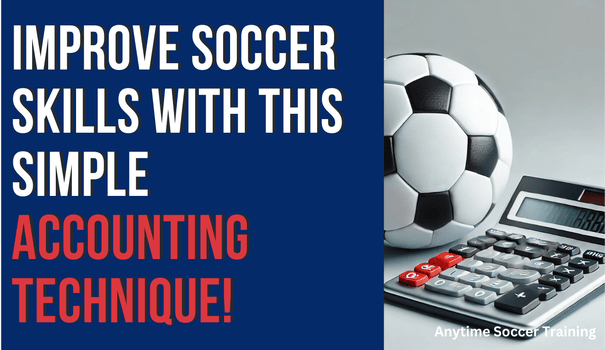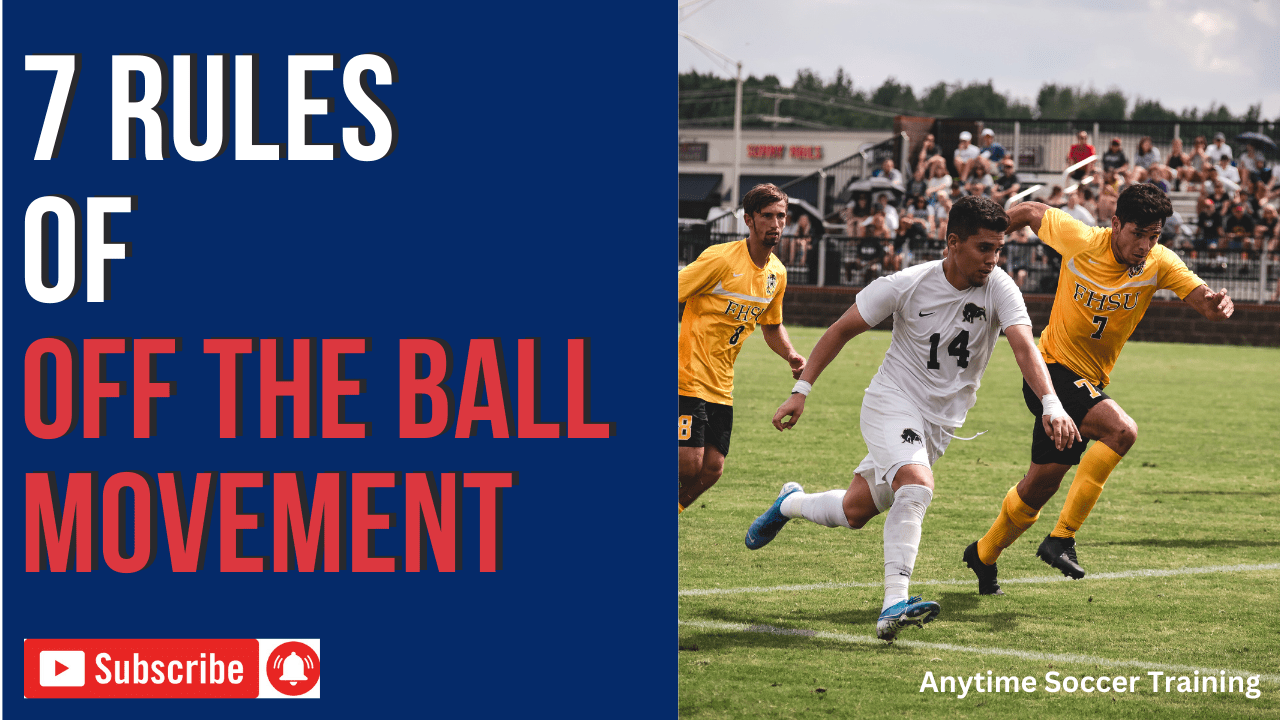
If you’re a parent trainer like me, you’ve probably spent countless hours trying to figure out how to help your child develop their soccer skills at home. And let’s face it: training sessions can feel like a grind. You want to keep things challenging enough to improve their skills, but not so tough that they get discouraged.
The trick is to align your incentives—the things you want to achieve—with what your child can realistically do. It’s all about creating a system that keeps everyone on track without getting frustrated.
So, let’s dive into how you can make this work.
Setting Up Clear Rules and Constraints
One of the first things I noticed while training my sons is that adding a few simple rules and constraints can work wonders. For example, let’s say we’re working on juggling, and I set up a challenge: you get 10 attempts to juggle the ball 50 times. If you don’t make it, you get 10 more attempts.
Right away, you’ve got a clear goal. And here’s the kicker—if my son doesn’t meet the target, he knows what’s next. The system is doing the work, not me. And that’s crucial.
But the key here is to make sure the challenge is within their reach. If I set up a task that’s way too difficult, that could lead to frustration and burnout. You have to know your child’s limits and create a system that pushes them but doesn’t overwhelm them.
Making the Game Work for Both of You
Here’s the part that might sound familiar: we’ve all heard about “gamifying” exercises to make training fun.
But here’s the thing—I’m not really a fan of the word “gamify.”
It gives the impression that everything has to be fun and enjoyable. And while yes, you can introduce some fun elements, the reality is that training, especially when you’re focusing on the fundamentals, can’t always be fun in the traditional sense.
I’ve never met a child who loves doing the same basic exercises day in and day out.
Whether it’s juggling or dribbling, it’s hard work. So instead of focusing on making it “fun,” I focus on clarity and transparency. I make sure the goal is clear, measurable, and achievable. My son knows exactly what he needs to do, and if he doesn’t meet the target, there’s a small consequence—extra attempts.
What I’ve learned is that these rules align our goals and make the process smoother. The more transparent you can make the training, the better. You’re not lecturing or giving endless instructions; you’re just laying out the rules and letting the system do the rest.
Removing Yourself from the Equation
One of the biggest mistakes I made early on was trying to be the constant coach—always giving advice, correcting form, explaining things. But guess what? That just added stress.
Over time, I learned that I need to step back and let the system take charge. I become more of a referee than a coach.
For example, when we’re juggling, I simply call out the numbers and let my son focus on the task at hand. If he doesn’t make it, there’s a small penalty, like extra attempts, and if he does well, we move on. I don’t need to say a word except for the numbers.
You’d be amazed at how much better they get when they’re in charge of their own success.
Another cool thing happens when you set these boundaries: your child starts self-correcting. Instead of me saying, “Don’t kick the ball too hard,” they begin to realize that if they don’t control the ball, it’s going to go out of the box, and they’ll have to do 10 extra juggles. This is the beauty of having a system—it gets your child thinking about the game and how to adjust without you constantly hovering over them.
Creating the Right Environment
When we’re training, I also set up the space to match my child’s skill level. For example, with my younger son, I’ll create a huge box for juggling. It’s bigger because he’s still working on controlling the ball. For my older son, the box is smaller because he’s more skilled. They each have their own challenges, and by setting the environment to match their abilities, it creates a fair system where they both feel capable of succeeding.
But it doesn’t stop there. I also create mini-challenges within the game.
For instance, I don’t just say, “Juggle the ball.” Instead, I’ll say, “You have 10 attempts to juggle 50 times.” And if they get it wrong, they know what to expect—extra attempts. Over time, this builds consistency and discipline, and it teaches them to get the job done.
Stretching the Limits Without Burning Out
As they get better, I can gradually increase the difficulty. So, once they’ve mastered juggling with their laces, I introduce new constraints—like no using the inside of the foot, or only using the left foot twice in a row. If they break the rule, they get five extra juggles. This allows them to stretch their limits without overwhelming them. They’re not being punished; they’re just being challenged to do a little more.
As I mentioned earlier, though, the ultimate goal is not to make training miserable. It’s about making progress and creating an environment where they can improve, enjoy the challenge, and feel a sense of accomplishment.
The Bottom Line: Clarity and Consistency
When it comes down to it, the key to better training sessions is having clarity and consistency. Your child should know exactly what they’re working toward, and they should be able to measure their own progress.
By setting clear boundaries and rules, you create an environment where the focus is on improvement, not frustration. And as a parent trainer, your job is to guide them, but without being the constant coach. Let the system do the heavy lifting.
I know this might sound like a lot of details to keep track of, but trust me, once you start using these systems, they become second nature. Plus, it doesn’t have to be perfect. You can always adjust as you go along. And remember—training doesn’t have to be a battle of wills. By making things clear and measurable, you’re helping your child develop the skills they need to succeed without making it feel like a chore.
In fact, once you implement these types of constraints, you’ll see how they start self-correcting and improving. The process becomes more about them owning their progress and less about you constantly telling them what to do.
Final Thoughts
At the end of the day, my goal is to create a training environment that works for both of us. I want my son to improve, and I want him to feel motivated to keep working, not frustrated. And the best way to do that is by using these constraints to align our incentives. This is what helps create a balance between challenge and motivation.
If you’re a parent trainer, I’d love to hear what you’ve learned along the way! What strategies have worked for you when it comes to keeping your child engaged without driving them crazy?
Drop me a line at Neil@anytime-soccer.com, or join the conversation in our Facebook group. Let’s keep this discussion going so we can all get better together!









